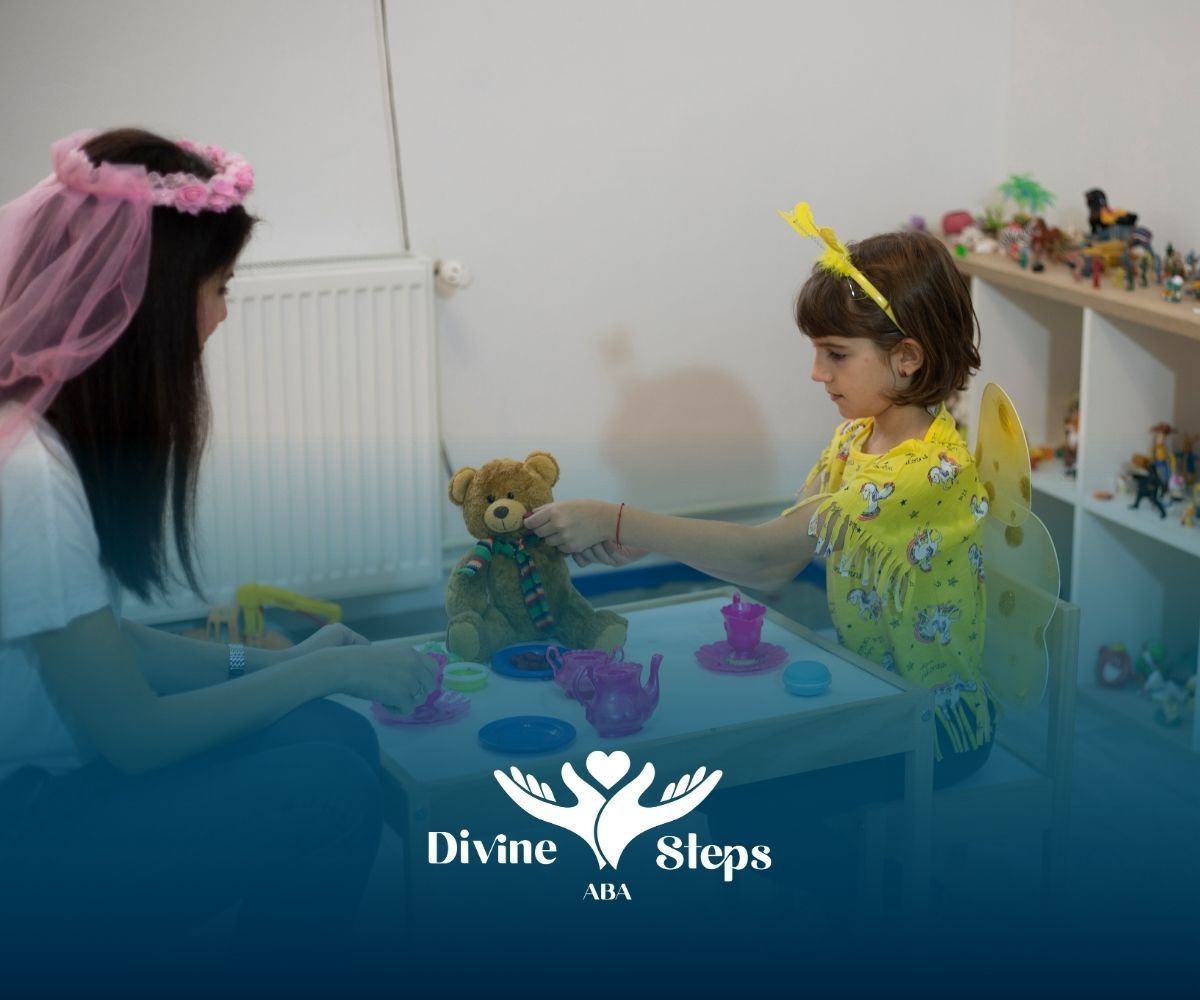Website by CWS
Practical Strategies for Guiding Challenging Autism Behaviors
Key Highlights
- Challenging behaviors in individuals with autism spectrum disorder (ASD) often serve communicative functions and are influenced by environmental triggers, sensory processing differences, or communication barriers.
- Meltdowns, stimming, and self-injurious behaviors are common challenges faced by caregivers of autistic individuals across various age groups.
- Functional Behavior Analysis (FBA) is a powerful tool for identifying the root causes of challenging behaviors and crafting tailored interventions through Behavior Intervention Plans (BIP).
- Evidence-based strategies like Positive Behavior Support and effective collaboration among educators, therapists, and families are vital for managing behaviors.
- Replacement behaviors and functional communication training present sustainable alternatives for challenging behaviors, enhancing the quality of life for autistic children and young adults.
Autism behaviors often speak louder than words. Learning to decode these behaviors reveals the root causes—sensory overload, frustration, or unmet needs—and guides us toward effective solutions.
Early in my career providing ABA therapy in Maryland, I met Joey, who avoided playgrounds. Once we provided noise-canceling headphones, he not only played—he made friends. It showed me the power of listening to behavior.
Defining Challenging Behaviors in Autism
What counts as challenging behavior?
Challenging behaviors are actions that cause harm or interrupt daily life: aggression, self-injury, tantrums, property destruction, and intense routines.
In autism spectrum disorder, these often replace communication when words fail or sensory needs aren’t met.
Common Types of Challenging Behaviors
Stimming
Repetitive movements or sounds (hand-flapping, humming) help with self-regulation and sensory input.
Meltdowns
Overwhelming emotional reactions—often from sensory overload—where the person feels unable to cope.
Self-Injurious Behavior (SIB)
Head-banging or biting, usually linked to physical discomfort or sensory dysregulation.
Aggression & Property Destruction
Physical or verbal outbursts and damaging objects can be a response to frustration or unmet needs.
Frequency and Intensity by Age
| Age Group | Frequency | Intensity |
|---|---|---|
| Young Children | High (sensory overload common) | Moderate, often manageable with guidance |
| Adolescents | Moderate (hormonal, social changes) | Higher, linked to growth and stress |
| Young Adults | Lower but persistent | Severe, can affect daily living |
Young Children
Early years often bring frequent stimming and tantrums as children learn communication.
Adolescents
Hormonal shifts and social demands can raise the intensity of meltdowns and aggression.
Young Adults
Behaviors may persist or evolve—self-injury or aggression can become more serious without ongoing support.
Why Challenging Behaviors Occur
Sensory Processing Differences
Everyday sounds, lights, or textures can overwhelm. Adjusting the environment—dimmed lights, noise-canceling headphones—can reduce distress.
Communication Barriers
When words fail, behaviors speak. Functional communication training (FCT) introduces tools like picture cards or simple sign language to replace challenging actions.
Environmental Triggers
Loud noises, sudden changes, crowded spaces, or uncomfortable clothing can spark behaviors. A stable routine and clear visual schedules help create predictability.
Functional Behavior Analysis (FBA)
Steps in an FBA
- Interview Stakeholders: Gather insights from caregivers and teachers.
- Direct Observation: Note antecedents (what happens before), behaviors, and consequences.
- Assessment Tools: Use instruments like the Motivation Assessment Scale (MAS).
- Analyze ABCs: Identify triggers and reinforcers.
- Develop a BIP: Craft a Behavior Intervention Plan with tailored strategies.
The ABC Framework
- Antecedent: What sets off the behavior? (e.g., loud noise)
- Behavior: The action itself (e.g., covering ears, yelling)
- Consequence: What follows that may reinforce it (e.g., removal of noise)
Evidence-Based Strategies for Managing Behaviors
Positive Behavior Support
- Replacement Behaviors: Teach alternatives (e.g., raise hand instead of yelling).
- Structured Routines: Keep daily schedules predictable.
- Reinforcement: Reward clear communication and coping skills.
- Proactive Interventions: Anticipate triggers and step in early.
Collaborating with Educators and Therapists
A unified team—families, teachers, speech and occupational therapists—ensures consistency across home, school, and therapy. Regular check-ins and shared goals keep everyone on the same page.
Conclusion
By understanding the “why” behind challenging behaviors—sensory needs, communication gaps, and environmental triggers—we can apply proven strategies like FBA, FCT, and Positive Behavior Support.
Teamwork among families, educators, and therapists builds a stable, supportive network that empowers autistic individuals at every stage of life.
Ready to transform challenging behaviors into opportunities for growth? At Divine Steps ABA, our certified BCBA clinicians craft individualized ABA therapy plans—leveraging FBA, functional communication training, and positive behavior support—to help your child thrive.
Contact us today for a free consultation and discover how our compassionate team can make a lasting difference.
Frequently Asked Questions
What are effective ways to prevent meltdowns?
Match supports to sensory profiles—offer quiet spaces, use calming tools, and maintain consistent routines. Reinforce coping skills before stress peaks.
Are challenging behaviors a sign of poor parenting?
No. In ASD, behaviors often reflect sensory or communication needs, not parenting style. Supportive, informed caregivers are key to positive change.
How can families support positive behavior at home?
Use visual schedules, teach new skills in small steps, and reward successes. Create a sensory-friendly environment and involve everyone in the plan.
Sources:
- https://www.appliedbehavioranalysisedu.org/how-is-functional-communication-training-used-in-applied-behavior-analysis/
- https://autism.org/challenging-behaviors-and-autism/
- https://www.autismspeaks.org/behavioral-resources
- https://pmc.ncbi.nlm.nih.gov/articles/PMC9324526/
- https://www.autism.org.uk/advice-and-guidance/topics/behaviour/distressed-behaviour/all-audiences




